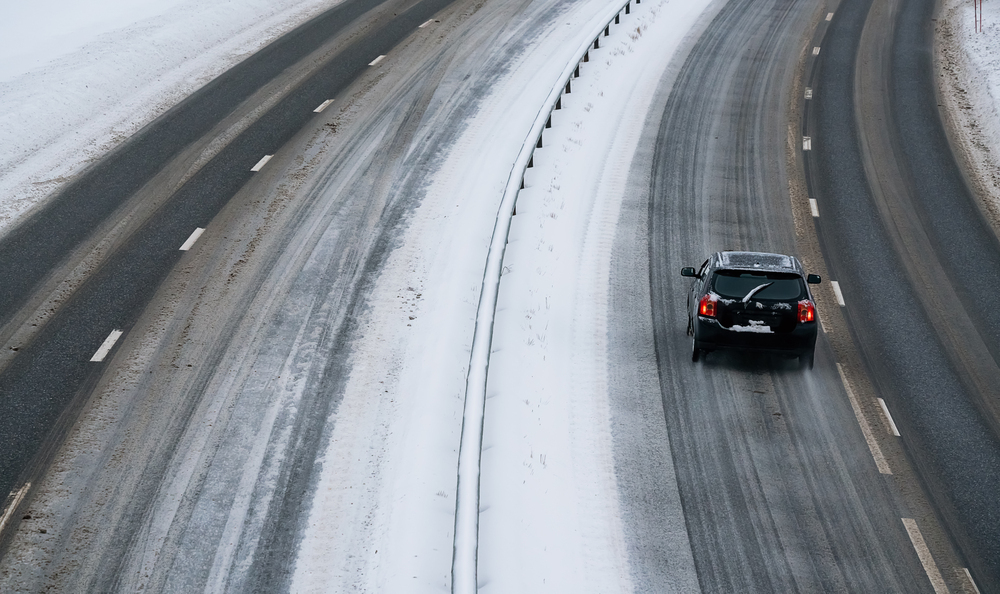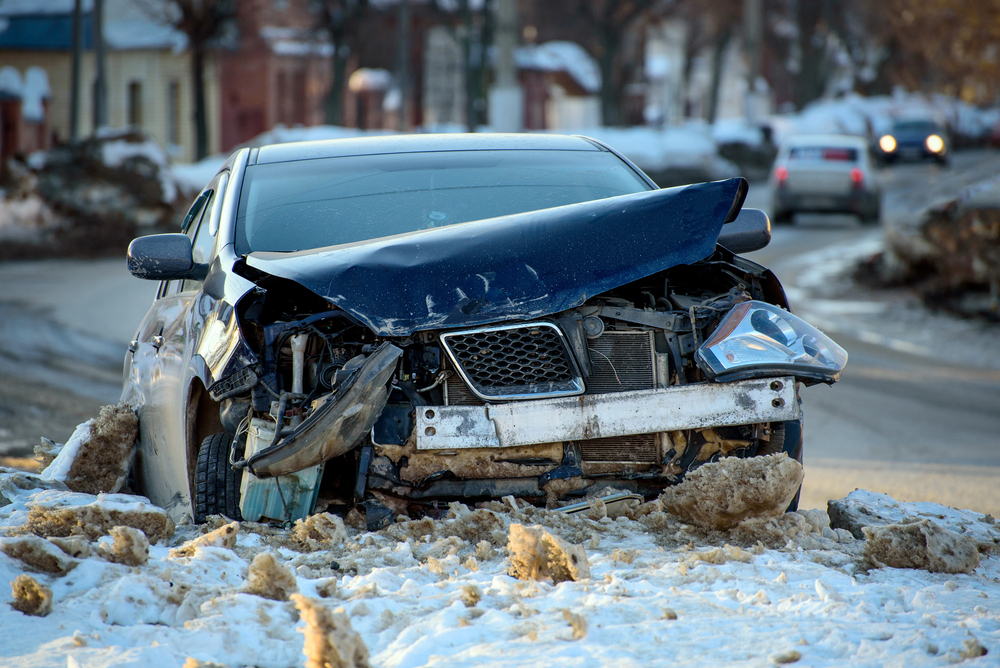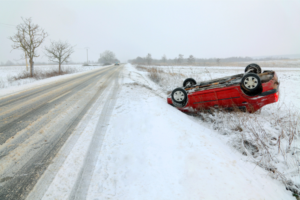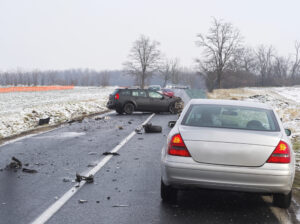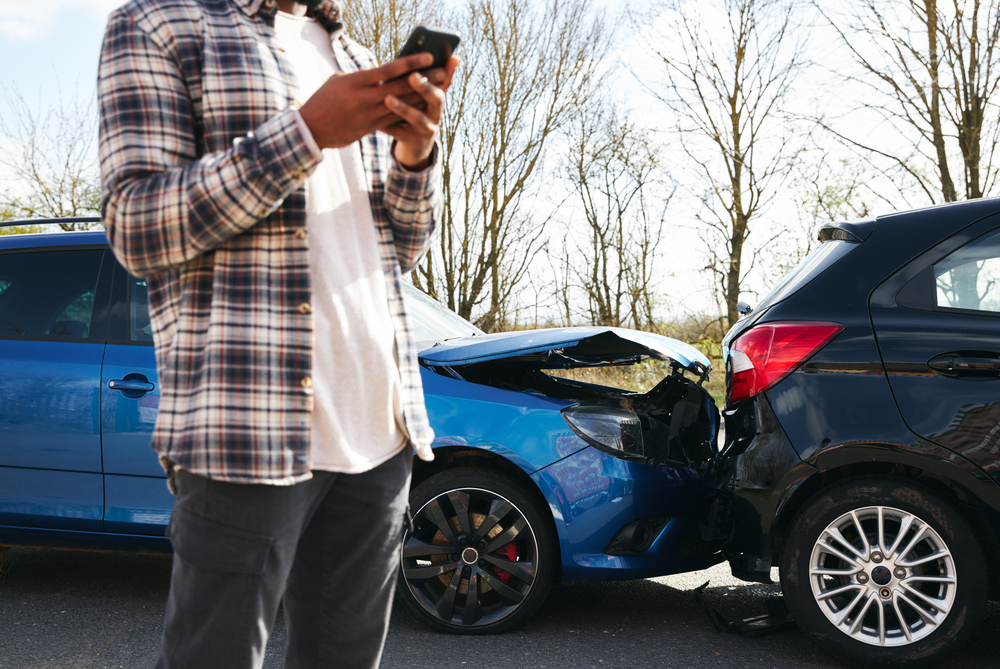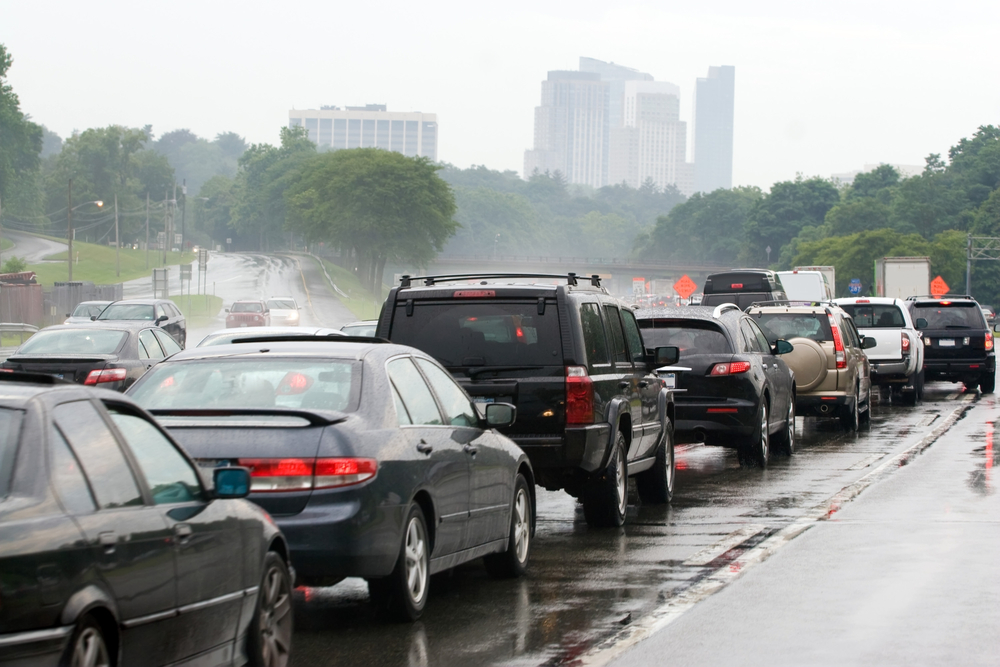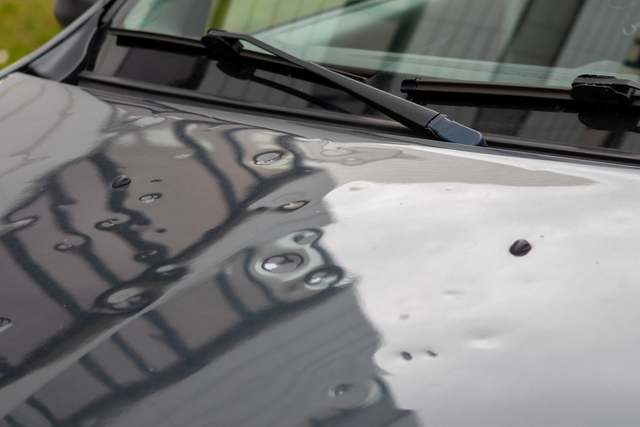Winter in South Jersey brings snow, ice, and the inevitable spread of road salt to keep highways and streets safe. While salt is essential for reducing slippery conditions, it can wreak havoc on your vehicle’s exterior. If you’ve ever wondered whether road salt can cause long-term damage to your car’s paint, the answer is yes. Over time, exposure to salt can lead to corrosion, which not only affects your car’s appearance but also its structural integrity. Here’s what you need to know about how road salt affects your car and how to prevent damage.
Key Takeaways
- Salt speeds up rust formation by trapping moisture against your car’s surface, especially on the undercarriage, frame, and brake lines, leading to long-term damage if not addressed.
- Road salt can chip away at your car’s paint, especially on areas with pre-existing scratches or dents. This exposes the metal underneath, increasing the risk of rust and compromising your car’s structural integrity.
- Regular washing, applying protective wax, inspecting for scratches, and undercoating your car’s undercarriage can help protect against road salt damage during winter months.
- Addressing salt damage early prevents costly repairs and rust from spreading to critical areas, preserving your car’s value and safety.
How Road Salt Damages Your Car
Road salt works by lowering the freezing point of water, preventing ice from forming on roads. However, when this salt comes into contact with your car’s paint, it can begin to cause damage. Here’s how:
Corrison and Rust Formation
Salt accelerates the oxidation process, which leads to rust. This happens because salt attracts moisture from the air and holds it against the surface of your vehicle. When salt sticks to your car, it mixes with moisture and sets the stage for rust to develop. This is particularly problematic in areas like the undercarriage, where salt can accumulate without being easily noticed.
At first, the corrosion may be confined to small spots, but if left untreated, rust can quickly spread to other parts of the car’s body. Rust can weaken the structural integrity of the vehicle, affecting crucial areas like the frame, suspension, and brake lines. The longer salt remains on the car, the more severe the corrosion becomes, potentially leading to costly repairs down the road.
Paint Erosion
Salt particles are not just corrosive—they are also abrasive. When they stick to your car’s surface, they can grind against the paint, causing chips, scratches, and erosion. This is particularly true if your car already has minor imperfections, such as small dings, dents, or existing scratches. The salt particles worsen these areas by eating away at the exposed metal or paint, creating larger problems over time.
Once the paint is compromised, the metal underneath becomes exposed to moisture, which accelerates the rusting process. Paint erosion doesn’t just affect your car’s appearance—it can lead to structural issues if rust penetrates deep enough. Even small chips or scratches, if left untreated, can evolve into larger patches of rust that affect the overall lifespan and safety of the vehicle.
Damage to Protective Coatings
Many modern vehicles come with protective clear coats designed to shield the paint from minor scratches, UV rays, and environmental contaminants. However, repeated exposure to road salt can gradually wear down this protective layer. When the clear coat begins to break down, the paint underneath becomes vulnerable to erosion and rust.
In addition to affecting the paint, salt can also damage other protective coatings, such as those applied to the undercarriage to prevent rust. Once these barriers are compromised, rust and corrosion can spread more quickly, affecting everything from the vehicle’s exhaust system to the fuel lines. Over time, this damage can become extensive, impacting both the vehicle’s appearance and its long-term reliability.
How to Prevent Road Salt Damage
While it’s hard to avoid driving on salt-covered roads during winter, you can take steps to protect your vehicle from damage.
- Wash Your Car Regularly: Frequent washing is one of the most effective ways to remove road salt before it causes damage. Focus on washing the undercarriage, wheel wells, and other areas where salt tends to accumulate. Make sure to rinse thoroughly to eliminate salt deposits.
- Apply a Protective Wax: Waxing your car before winter provides an additional layer of protection between the paint and corrosive road salt. It seals the surface of your vehicle and helps reduce the impact of salt exposure.
- Inspect for Scratches and Chips: Address any paint chips, scratches, or dents before winter. These small imperfections can become major problem areas when exposed to salt and moisture. Sealing them early prevents rust from forming.
- Undercoating: Many auto body shops offer undercoating services that add a protective layer to your car’s undercarriage. This can be especially beneficial for preventing rust in areas that are often overlooked during routine washing.
Why You Should Address Salt Damage Early
Salt damage doesn’t happen overnight, but once it begins, it can be difficult and costly to fix. Rust weakens the structure of your vehicle, and if it spreads, it can affect critical components such as the frame, exhaust system, and brake lines. Ignoring the early signs of corrosion can lead to expensive repairs later on.
Additionally, rust can significantly reduce your car’s resale value. A vehicle with noticeable rust or paint damage may be harder to sell and may fetch a lower price when you do decide to trade it in or sell it.
Looking for Body Paint Repair in South Jersey?
Road salt is necessary for safe winter driving, but it can have long-term consequences for your vehicle if left unchecked. Regular maintenance, protective coatings, and professional repairs can prevent road salt from causing lasting damage to your car’s paint and body. If you suspect your car has been affected by road salt, don’t wait for the damage to worsen. Contact Elmer’s Auto Body to schedule an appointment and protect your vehicle from further harm.

